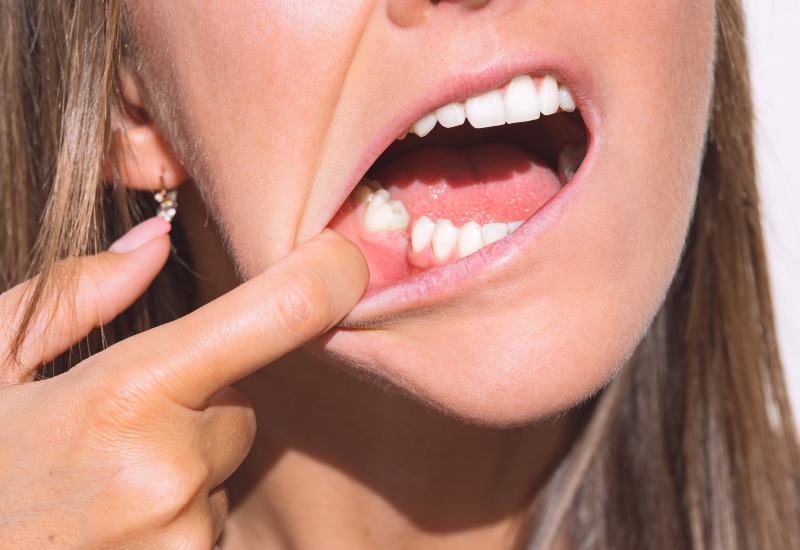How Long Do You Go Without Teeth When Getting Implants?

Are you considering dental implants but worried you’ll have to go without teeth for a while? You’re not alone in your fear. Many people hesitate to get implants because they assume they’ll be walking around toothless during the process. The good news is that’s usually not the case. Thanks to modern dental techniques and temporary tooth options, you can look and feel like yourself while your permanent implants are being prepared. Learn what happens during the dental implant timeline, whether you must go without teeth, and how to care for your implants long-term.
Do You Go Without Teeth When Getting Implants?
No, most patients don’t end up toothless while their implants heal. Still, the specifics depend on your treatment plan, which could include extractions, bone grafts, or healing time before placing the final crown. Here’s what the typical timeline looks like:
- Consultation and planning: Your dentist evaluates your mouth, takes digital X-rays, and creates a treatment plan.
- Tooth extraction (if needed): If a damaged tooth needs to be removed, plan for a healing period of a few weeks before anything else can happen. In some cases, an implant can be placed the same day the tooth is removed, which is called immediate implant placement.
- Implant placement: The implant consists of a small titanium post surgically inserted into the jawbone. This acts as the artificial root for your future tooth.
- Healing and osseointegration: This is the longest part, lasting three to six months. The implant needs time to bond with your jawbone in a process called osseointegration.
- Abutment and crown: Once healing is complete, an abutment is placed on the implant. Then, your custom-made crown is attached, which looks and feels like a real tooth.
So, how long do you go without teeth when getting implants? It could be anywhere from a few days to several months, depending on whether you get temporary teeth. That’s where your options open.
Can I Get Temporary Teeth While Waiting for Implants?
Yes, you can, and most people do. Temporary teeth fill in the gaps, so you don’t have to sacrifice your smile or ability to eat and speak during dental implant treatment. They’re functional, aesthetically pleasing, and comfortable enough to wear until the final restoration is complete.
Your options for temporary teeth include:
- Temporary dentures: These removable dental appliances are often used when multiple teeth are extracted at once and can be worn while healing from the placement of the implant.
- Flippers: A flipper usually replaces just one tooth as a quick cosmetic fix to hold you over. While not great for chewing steak, it’s perfect for smiling confidently during family photos.
- Temporary bridges: These fill the gap using the adjacent teeth for support. Unlike flippers or dentures, dental bridges are fixed in place. Your dentist may recommend this if you’re replacing several teeth in a row.
- Temporary crowns: If you’re getting a single-tooth implant, a temporary crown might be placed to maintain the look of a full smile. These aren’t usually strong enough for chewing tough foods, but they’re a great short-term solution while you await your permanent crown.
Dental Implant Aftercare
Once your implant is placed, maintenance is everything. Good habits promote a successful, long-lasting implant. Here’s how to properly care for your temporary or permanent implant:
- Brush and floss every day: Just because an implant is artificial doesn’t mean you can ignore it. Use a soft-bristled toothbrush and implant-safe floss or interdental brushes to prevent plaque from forming and irritating your gums.
- Avoid chewing on hard stuff: Ice, hard candy, and pen caps can damage your implant or crown. Stick to soft foods, especially during the healing phase, and ask your dentist if anything is off-limits in the long term.
- Don’t smoke: Smoking slows down healing and increases the chance of implant failure. Quitting—or even cutting back—helps your mouth recover faster and better.
- Attend checkup appointments: Regular visits allow your dentist to monitor healing, adjust your temporary teeth if needed, and catch small problems early.
- Follow post-op instructions: After surgery, your dentist may suggest certain mouth rinses or offer tips to manage swelling and discomfort. Follow this advice closely for the best results.
Get Professional Dental Care in Laurel, MD
Getting dental implants is a big decision. When you choose Dr. Batz & Weiner Family Dentistry for restorative dental services, rest assured that you don’t have to go toothless. We offer high-quality implant care using advanced technologies to keep your treatment precise and comfortable. Our multi-specialty team provides everything from tooth extraction to bridges and crowns, so you can visit a single office for all your dental needs. Ready to take the first step toward a complete, confident smile? Contact us today to schedule a dental implant consultation in Laurel, MD.
